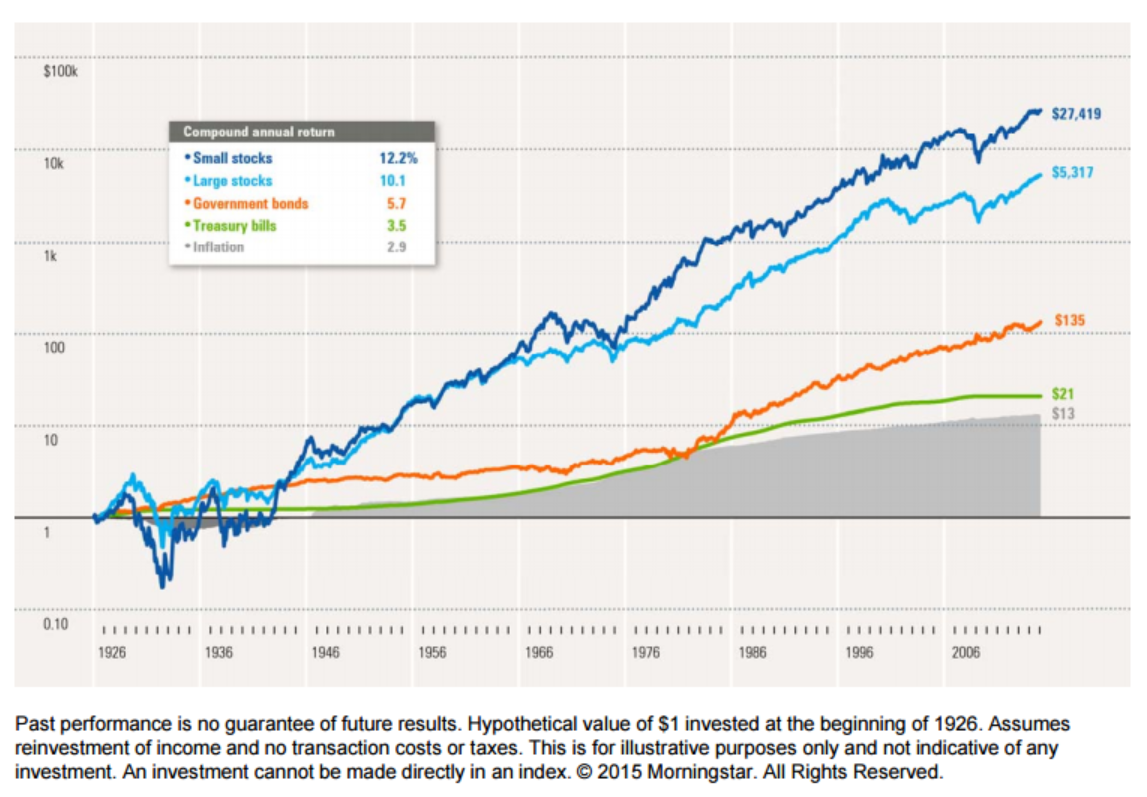Feb 1, 2016
5 Investing Principles Every Dentist Should Know and Follow
Written By: Nate Williams
This post is the fourth in a series of five posts that lay out the PFG Investment Philosophy. This describes the five investing principles that every dentist should follow. Through these posts, we try and lay the foundation of knowledge around investments that clients should know, and answer the most commonly asked questions.
Having a sound, well-researched, time-tested investment philosophy is like having a game plan to use against your next opponent. Most investment advisors (to say nothing of investors) do not have a specific investment philosophy to use to face the future. Instead, most investors, as well as many so-called advisors, look at last year’s returns (or last 5 years, or whatever) to pick their current plan. Unfortunately, this “return chasing” is a great way to lose your money. Here is what this plan looks like graphically:
(idea for image borrowed from Carl Richards, author of “The Behavior Gap,” a book we would highly recommend to anyone wanting to reach actual investment goals over time)
What’s your investment philosophy? At PFG, we follow 5 investing principles that every dentist should know.
We and our clients are the fortunate beneficiaries of decades’ worth of research, including several Nobel Prizes in finance and economics, used to create a sound, time-tested investment philosophy. Some of the key principles that drive our investment philosophy include:
- Markets are efficient. This means that all known information about a company is incorporated quickly enough to make guessing a money-losing proposition. Implication:
- We reject efforts to guess the next winners and losers (e.g. pick the next hot stock). Instead we want to own the entire market (like an index fund)
- We reject any form of market timing
- After fees, trading costs and extra taxes a passive investing strategy will outperform the majority of actively managed funds
- There is a direct relationship between risk and reward. The only way to expect a higher return (reward), is to take on an added measure of risk. When making investment decisions, we look at both sides of this equation. And when we want to increase return, we look to equities (stocks), not bonds. The graph below explains why.

- Buy and Hold. We think this is the only rational, non-speculative way to invest. Instead of guessing and hoping that we can buy low and luckily sell high, our goal is to buy and own a share of the company’s profits for…ever.
- Diversify. This means more than randomly spreading things around. With diversification we’re trying to accomplish two things:
- Don’t put all your eggs in one basket
- Mix and match asset classes to give you the highest return for the appropriate amount of risk
- A tilt towards Small Cap, Value and Profitable stocks. These sub sectors of the overall market have proven to offer a higher return relative to the added measure of risk
- Small Cap – more risk because smaller companies fail easier, but the next Microsoft is currently a startup
- Value – these are “distressed” companies (like K-Mart, compared to Wal-Mart). Sometimes they don’t recover, but when they do there are big gains to be had.
- Profitability – no shocker here. The higher the level of profitability, the higher the return.
We don’t speculate with our client’s investments. We replace speculation with understanding and education.
